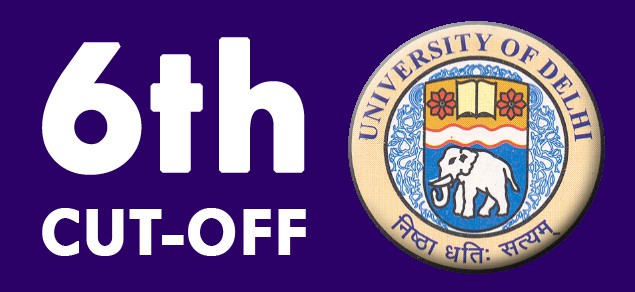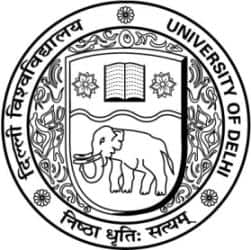The sky-high cut-offs of Delhi University have finally led us to the seventh cut-off. As several colleges released their individual cut-offs on the evening of 17th July, it seems that the admission process is headed towards a close.
While in the General category only a few seats are up for grabs, the reserved category seats are still vacant in majority.
Commerce is now available in 12 colleges as opposed to 16 in the sixth cut-off. S.G.T.B. Khalsa for instance has re-opened admissions for Commerce.The college had closed admissions for Commerce in the sixth cut-off. However, the course is now again open for admissions at a cut-off of 95%.
Ram Lal Anand has closed admissions for all courses in the general category. The college is still accepting admissions for Computer Science on the basis on cancellations.
On the other hand, Hans Raj has finally dropped the qualifying bar for Commerce by 0.25%. Hans Raj College had stuck to its Commerce cut-off of 96.5-98 for three consecutive cut-offs. Well, now the college has placed the requirement at 96.25-98. All other courses are closed for General category at the popular college.
At Shaheed Bhagat Singh College, Economics is still up for grabs with the rest of the courses closed. However, reserved category cut-offs for Commerce at the college go till 54%.
Popular girls’ college Daulat Ram, has closed admissions for all courses in the general category, barring English.
With vacant seats in popular colleges such as Hans Raj and Miranda House even after the seventh cut-off, only time will tell whether general category admissions will last as long as the ninth or tenth cut-off.
Links to college cut-offs: Arts and Commerce | Science | B.Tech

















